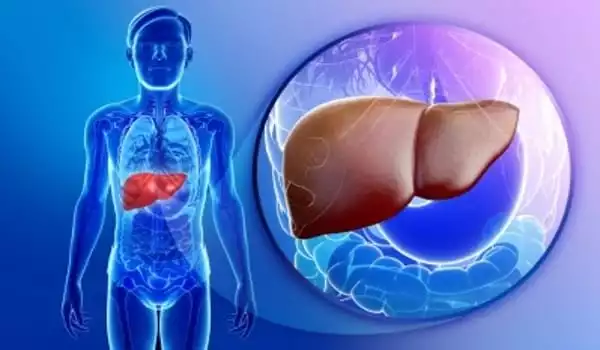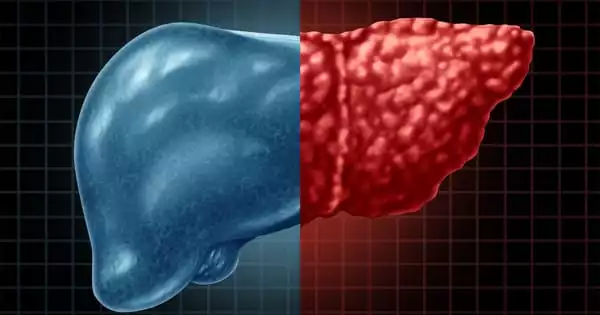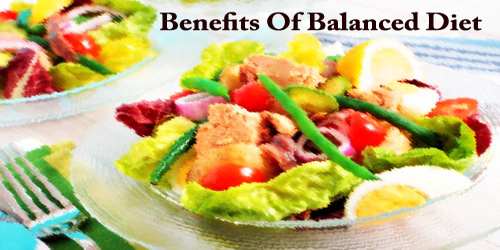Fructose is a form of sugar that is commonly found in the American diet. High fructose corn syrup (HFCS), an affordable alternative for cane sugar introduced in the 1970s, is a major source of fructose. It is presently used to sweeten a wide range of foods, including soda, candies, baked products, and cereal. Excessive use of HFCS and other added sugars has been related to health issues such as obesity, diabetes, and heart disease.
A high-fat diet is insufficient to produce fatty liver disease in the short run. However, when this diet is combined with the use of beverages sweetened with liquid fructose, the accumulation of fats in the liver accelerates, and hypertriglyceridemia (a cardiovascular risk factor) might develop, according to the study.
This is explained in a study on a mouse experimental model, published in the journal Molecular Nutrition and Food Research and led by Professor Juan Carlos Laguna of the Faculty of Pharmacy and Food Sciences, the Institute of Biomedicine of the University of Barcelona (IBUB), and the Physiopathology of Obesity and Nutrition Networking Biomedical Research Centre (CIBEROBN).
The researchers Aleix Sala-Vila and Iolanda Lázaro from the Hospital del Mar Medical Research Institute (IMIM), as well as José Rodrguez-Morató from IMIM-Hospital del Mar and MELIS-Pompeu Fabra University, have contributed to the study.
Fructose consumption, in particular, has a direct effect on the expression and activity of the nuclear factor ChREBP. When activated, this factor increases the expression of enzymes that govern fatty acid production in the liver.
Professor Juan Carlos Laguna
Fructose and lipid metabolism
Fructose is a major sweetener used in the food sector. This monosaccharide (simple sugar) is manufactured industrially from maize syrup, a product derived from this gramineae. Despite scientific data linking fructose to metabolic illnesses, which are risk factors for cardiovascular pathologies, the food industry uses it to sweeten beverages, sauces, and processed meals due to its high sweetener power and low production costs.
According to the new study, the effect caused by fructose in the increase in the synthesis of fatty acids in the liver is more decisive than the external introduction of fats through the diet. “In high-fat diets which are supplemented with liquid fructose, this monosaccharide is able to induce an increase in the de novo lipogenesis — that is, the formation of fats through sugar — and an inhibition of the lipid oxidation in the liver,” says Professor Juan Carlos Laguna, from the Department of Pharmacology, Toxicology and Therapeutical Chemistry.

“Fructose consumption, in particular, has a direct effect on the expression and activity of the nuclear factor ChREBP. When activated, this factor increases the expression of enzymes that govern fatty acid production in the liver” He goes on. “At the same time, fructose consumption lowers the activity of the nuclear receptor PPARalfa, which is primarily responsible for directing the expression of genes that code for enzymes involved in fatty acid oxidation (mitochondrial and peroxisome) in the liver.”
As stated in the preclinical study, the combination of the saturated fat from dietary origin and the induction of the endogen synthesis of fatty acids is what causes the emergence of the fatty liver. “Moreover, we are describing for the first time that fructose — unlike high-fat diets — increases the expression of the PNPLA3 protein, associated with the appearance of hypertriglyceridemia, a risk factor for cardiovascular diseases,” notes Núria Roglans, co-author of the study and member of the mentioned Department.
Fatty liver disease in humans
Several epidemiologic studies have linked the intake of drinks sweetened with fructose to non-alcoholic fatty liver disease (NAFLD), a disorder for which there is no particular pharmaceutical therapy. In these patients, de novo lipogenesis provides up to 30% of the lipids deposited in the liver, whereas in healthy people, this synthesis contributes just 5% of hepatic lipids.
The animal model developed by the team may be useful in the development of future medications to treat non-alcoholic fatty liver disease (NAFLD). “People with this condition have a higher endogenous lipid production in the liver than healthy people. As a result, the effects revealed in this study may occur in humans as well “Take note of the professionals.
“Unfortunately, — they continue — the fatty liver is the starting point for more serious pathologies, such as steatohepatitis and cirrhosis. It is a practically asymptomatic pathology, although in some cases, some mild unspecific digestive disorders can appear. Apart from following a healthy diet and physical activity, there is no efficient treatment against this pathology for now.”
The effects revealed in the study can only be observed when fructose is consumed in liquid form. “In the case of sweetened beverages, fructose is rapidly absorbed and rapidly enters the liver, causing the aforementioned metabolic changes. To draw a parallel, consider the appearance of a fructose overdose when this substance is consumed in sweetened beverages “the group observes
“When we eat fruit, however, we consume far less fructose than when we drink a sweetened beverage. Furthermore, the process of chewing it, as well as the presence of other elements in the fruit, such as fiber, inhibits the absorption of fructose and its arrival at the liver” conclude the authors.













